Samsung’s Consumer LED Technologies and Where to Use Them
Evolution of Consumer TVs and LED Technologies
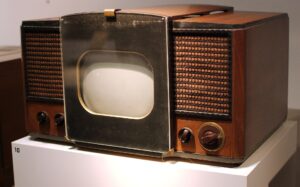 There’s an old saying, “You learn something new every day.” Well, did you know that the first version of the television was mechanical? I had no idea! It was invented in the 1920s and sold commercially in the UK, France, US, and the Soviet Union. The first electronic televisions using CRTs, or cathode ray tubes, were originally manufactured for commercial sale in the 1930s. They did not gain wide appeal in the US until RCA introduced their RCA 630-TS which was the first mass-produced TV set released in 1946. To this day, people still use the phrase, “watching the tube” when referring to TV viewing because of the tubes used in these models.
There’s an old saying, “You learn something new every day.” Well, did you know that the first version of the television was mechanical? I had no idea! It was invented in the 1920s and sold commercially in the UK, France, US, and the Soviet Union. The first electronic televisions using CRTs, or cathode ray tubes, were originally manufactured for commercial sale in the 1930s. They did not gain wide appeal in the US until RCA introduced their RCA 630-TS which was the first mass-produced TV set released in 1946. To this day, people still use the phrase, “watching the tube” when referring to TV viewing because of the tubes used in these models.
We’ve certainly come a long way in the past century from mechanical and CRT sets to plasma panels which came and went, giving way to the LED displays of our current times. Before we dive into the current LED technologies, let’s first examine what the role of LEDs, or light-emitting diodes, are in TVs. LEDs combine to make pixels which are the tiny dots or squares on the screen. LED TVs utilize a liquid crystal display (LCD) panel on top of the LEDs that illuminate the LCD from behind or the edge. The number of pixels determines the picture’s resolution. Having more and smaller LEDs leads to a more accurate picture.
Now, let’s talk about the current state of Consumer LED Technologies used by Samsung TVs and the best places to deploy them.
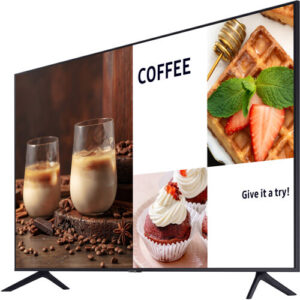 LED
LED
Standard LED TVs typically utilize edge backlighting and control dimming over larger areas of the screen. This allows less control over each pixel and lower contrast and black level accuracy compared to newer LED tech. Samsung’s Crystal UHD Series offers 4K resolution in all their models which are great for the average viewer.
Where to use:
- Most spaces are perfectly suited for standard LED TVs.
- Places where picture quality is not the highest priority.
- Think of break rooms, cafeterias, waiting rooms, and other places where having a TV on as an information source, or as a conversation starter is the main concern.
- Homes that watch TV casually and do not have any videophiles living there.
QLED
QLED, or Quantum dot LED, is a variation of LED that uses smaller pixels for a more accurate picture. Samsung describes them as, “manufactured nanocrystals that consist of ultra-fine semiconductor materials.” Quantum dots produce different colors depending on the particle size. These dots create efficient and accurate light great for bright and dark rooms alike. QLED TVs come in edge lit models or the more premium TVs will use direct LED lighting. The latter provides more accurate black levels by using full-array local dimming.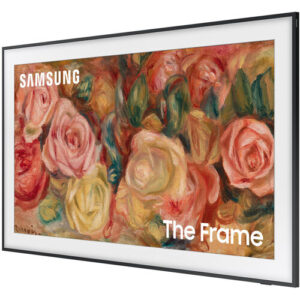
Where to use:
- Almost anywhere.
- Brightly lit rooms with more ambient light.
- Places where picture quality matters.
- Entry level home theaters, gaming rooms, and man caves.
Neo QLED
 Neo QLED differs from QLED in how the panel is lit. As mentioned above, QLED uses edge or direct lighting to illuminate the display. Neo QLED TVs are comprised of tens of thousands of “Mini-LEDs.” More LEDs means more control over the picture quality, color, and brightness. One limitation of Neo QLED TVs is “blooming” or the bleeding of light into dark areas on the screen.
Neo QLED differs from QLED in how the panel is lit. As mentioned above, QLED uses edge or direct lighting to illuminate the display. Neo QLED TVs are comprised of tens of thousands of “Mini-LEDs.” More LEDs means more control over the picture quality, color, and brightness. One limitation of Neo QLED TVs is “blooming” or the bleeding of light into dark areas on the screen.
Where to use:
- Rooms with lots of ambient light.
- NeoQLED TVs are known for producing high brightness images that can overcome natural and artificial light sources.
- Places where picture quality is a high priority.
- Step up to high end home theaters, gaming rooms, and man caves.
OLED
OLED, or Organic LED, is entirely different from other forms of LED in that it is emissive, much like plasma TVs were. Each pixel emits its own light, rather than transmitting light from another source. This control of the light at the pixel level helps to produce perfect black levels by simply not illuminating the pixels that are to appear black. Other types of LEDs use dimming zones, but even the most advanced dimming zone technology simply dims areas and not individual pixels. One drawback to OLED is that it cannot produce the same brightness levels of its QLED and Neo QLED counterparts.
 Where to use:
Where to use:
- Rooms with lower ambient light.
- Rooms that do not have static images for long periods of time.
- Playing the same video game, watching the same news/sports channel, or using the same computer program can cause image retention, or burn-in.
- Places where picture quality is a top priority.
- High end home theaters, gaming rooms, and man caves.
MicroLED
MicroLED TVs use LEDs so small they are measured in micrometers, hence the name MicroLED. No backlighting is used as pixels are controlled at the individual level. This provides immense contrast ratios by offering deep blacks and pure, bright whites. A broad color gamut and ultra-wide viewing angles are additional benefits of this technology. Unlike OLED, they are not limited in brightness by organic material design or prone to burn-in. Currently, MicroLED is a cutting-edge technology and is priced as such. It is also limited to very large sizes with offerings of 101” and 114”. The pixels in MicroLED are not yet small enough to make a 55” panel that would require 8.3 million pixels for a 4K resolution.

Where to use:
- Places where picture quality is the highest priority.
- Ultra-premium home theaters.
- Anywhere you can fit one if you can afford one.
Hopefully this will help to simplify all of the current LED technologies Samsung is offering in their consumer TV lineup and will help you make informed decisions about where to deploy each of them.
Did you find this post helpful? Learn more about outdoor displays in Gerry’s blog, “Ingress Protection: the other IP of AV“.

About the Author
Gerry Aubrey | DSCE
Business Development Manager
Supported Manufacturers: Samsung CE

 For Crystal UHD
For Crystal UHD For The Frame
For The Frame
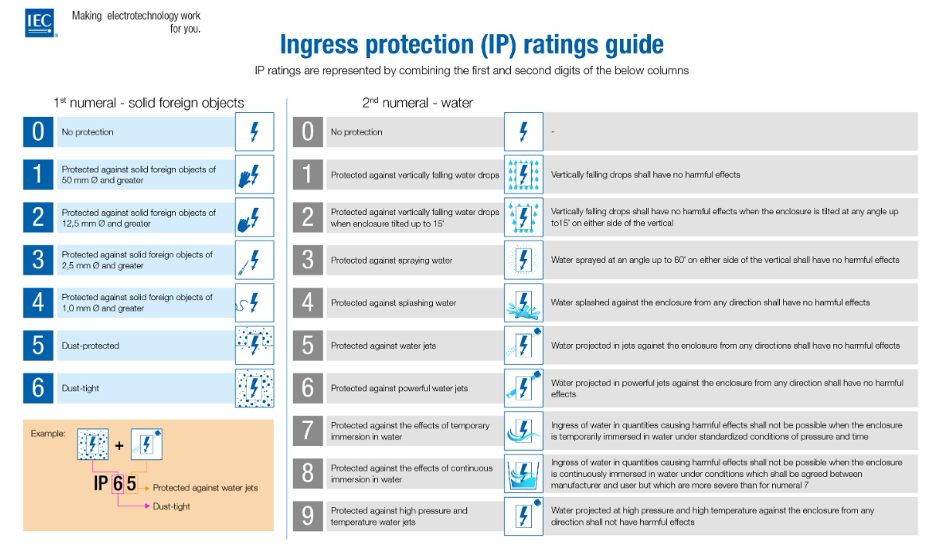
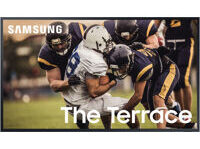 Outdoor installations have progressed from your run-of-the-mill bank clocks with time and temperature to complex direct view LED displays that are truly immersive. Keeping the viewer immersed, and not the hardware, is a key to the success and longevity of any outdoor AV project. When your electronics are exposed to the elements, you will always have some degree of risk involved. Using the IP ratings, along with the manufacturer’s suggested usage and accessories, will allow you to minimize risk for your projects and customers. Be certain to read the warranty as well to ensure you are not doing anything that might void or shorten your warranty period.
Outdoor installations have progressed from your run-of-the-mill bank clocks with time and temperature to complex direct view LED displays that are truly immersive. Keeping the viewer immersed, and not the hardware, is a key to the success and longevity of any outdoor AV project. When your electronics are exposed to the elements, you will always have some degree of risk involved. Using the IP ratings, along with the manufacturer’s suggested usage and accessories, will allow you to minimize risk for your projects and customers. Be certain to read the warranty as well to ensure you are not doing anything that might void or shorten your warranty period. Outdoor displays can range from a standard TV in an enclosure designed to be outdoors, all the way up to massive dvLEDs that you might see in Las Vegas or Times Square. Whatever your needs,
Outdoor displays can range from a standard TV in an enclosure designed to be outdoors, all the way up to massive dvLEDs that you might see in Las Vegas or Times Square. Whatever your needs, 





